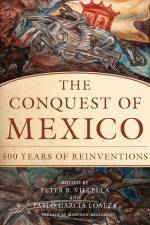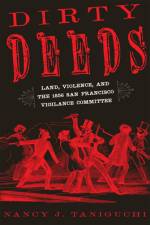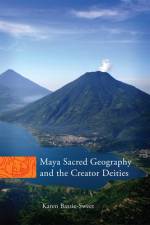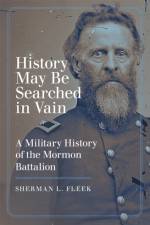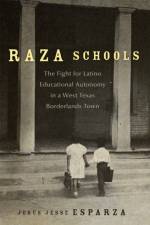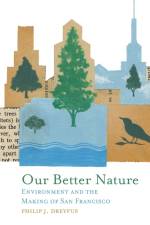von Sherman L. Fleek
48,00 €
The only religious unit in American military history. The Mormon battalion was unique in federal service, having been recruited solely from one religious body and having a religious title as the unit designation. Serving in the Mexican War, they marched across the Southwest to California. Strangely, though, the battalion's story has not been told from the perspective of the profession of arms. Since it did not engage in battle, military historians have paid little attention to it.Military aspects of the battalion overlooked. The military aspects of this unique battalion usually been ignored. The most common portrayal of the unit has been to treat it as a group of pioneers, rather than soldiers--emigrants who followed a unique path during the Mormon hegira to the Great Basin.A unique military unit. This volunteer unit of five companies was unique in many ways beyond its pioneer experience. Led by regular officers, including Philip St. George Cooke, it served as part of General Stephen W. Kearny's Army of the West, invading and occupying what would become New Mexico, Arizona, and California. Formed in July 1846 in Council Bluffs, Iowa, the battalion marched to California, where it was discharged from federal service in July 1847, after exactly one year's service. In the process, it did not experience combat, but made one of the most incredible and challenging marches in American military history.The great march across the Southwest. The story of that grueling march across wide prairies, mountains, and deserts is central to the battalion's story. It symbolizes the very essence of the Mormon drama as a frontier epic, and proves more than anything else the men's loyalty, stamina, and sacrifice. In telling that tale, the author also illuminates the battalion's place in the U.S.-Mexican War, as most accounts of its history have ignored its role in the greater campaign.First-hand accounts bring detail and immediacy to the story. More than eighty diaries, journals, memoirs, and typed manuscript copies prepared by battalion members were accessed by the author in the preparation of this work.The journal of Dr. Sanderson: Dr. George B. Sanderson was known in Mormon legend as "Dr. Death," and was feared and loathed by many in the battalion. In the spring of 2003, the Mormon Battalion legacy was greatly enhanced by the discovery of his journal, while serving as a volunteer assistant surgeon assigned to the battalion. This journal, extensively quoted in the book, provides a window to the soul of one of the two most hated characters of the battalion. It joins the other great accounts of Daniel Tyler, Levi Hancock, Henry Standage, William Coray, and others.Maps and illustrations enhance the work. The two appendixes included contain the Army Pay Scale, 1846, and the Mormon Battalion Command and Staff. A thorough bibliography and index complete the book, and add to its value. The book includes a chronology, historical introduction, footnotes, two appendixes, bibliography and index.With thirteen illustrations and three maps.

